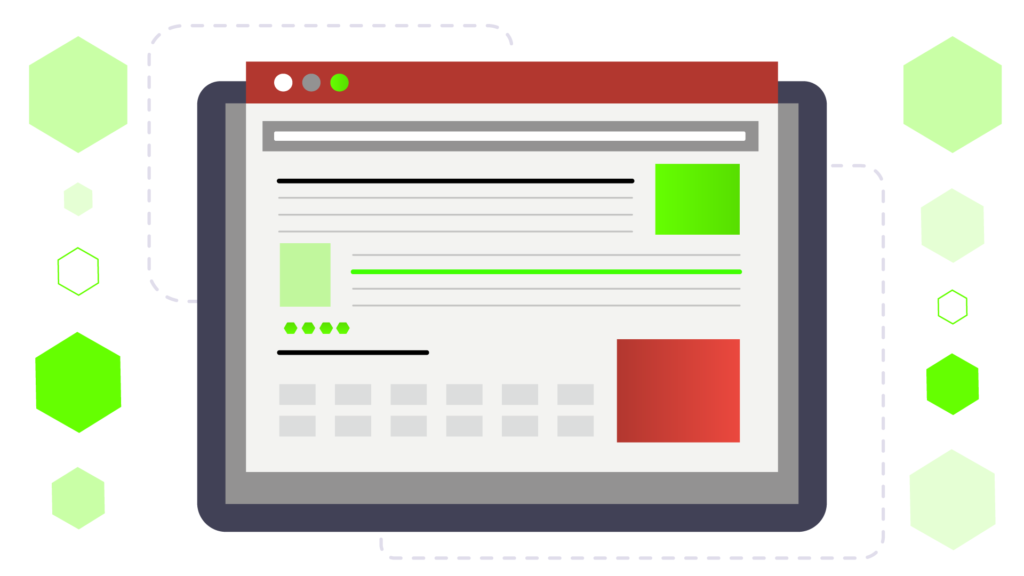URL – page address

Page URL (Uniform Resource Locator) is a single index of site resources.
An abbreviated URL is a unique character set that represents an Internet address for a Web resource.
Examples of page URLs
Each document on the Internet is assigned a unique link. The domain server provides access to information using a location identifier. Examples of web page addresses:
https://www.google.com/ – referring to the main page of Google search engine.
https://naturallinks.net/ – referring to the main page of the website Natural Links
The URL Components
There is a standard Uniform Resource Locator structure:
<protocol>: // <name>: <password> @ <host>: <port> / <path>? <parameters> # <anchor>
The structure is hierarchical:
- The network protocol sets certain rules for data transfer. This is usually the HTTP protocol or its secure version, HTTPS. The Internet requires these 2 protocols, but browsers can often use other protocols as well, such as mailto: (to open an email client) or ftp: to trigger file transfers.
- Login and password provide visitor access to the server. The @ sign is used only with username and password.
- Host -is a name of the domain where the required information is stored. Alternatively, an IP address can be used, but this is rarely done because remembering an IP is more difficult and not popular on the Internet.
- Port displays the technical parameter used to access resources on the web server. It is usually assumed that the web server uses standard HTTP ports (80 for HTTP and 443 for HTTPS) to access its resources.
- Path indicates the location where the required object is located. In the past, the URL displayed the location of a real file in a real directory on a web server. These days, this is most often an abstraction that allows you to process addresses and display certain content from databases.
- Parameters are a request used to send extra information to the server. The web server can use these parameters to execute additional commands before releasing the resource. Each web server has its own rules for processing these parameters and you can find out them only by asking the owner of the server.
- An anchor is a kind of bookmark that leads to another part of the same resource. The user immediately goes to a specific place in the HTML document.
You should think of the URL as an ordinary postal address: protocol represents the postal transport you intend to use, the domain name is a city, the port is a postal code; the address is a house number; the parameters are extra information such as a number of the apartment; and finally, the anchor represents the specific recipient to whom you are addressing your mail.
Types of page URLs
URLs are categorized as follows:
- A session ID URL is a unique number that a Web site’s server assigns a specific user for the duration of that user’s visit (session). It is added automatically each time the page is opened by different users. This type of address is used for statistical analysis about users and their behavioral factors.
- A static URL is a permanent address that does not change and does not contain parameters. Pages with .htm and .html extensions are directly supported by the server.
- A dynamic URL is generated immediately after the search query. The address information is generated using a programming language. Dynamic links are used by:
- online stores;
- electronic media;
- major portals.
From an SEO point of view, static links are preferable, as dynamic URLs have several disadvantages:
- they can be very long, so much so that they may not fit in the search string and are truncated when copied.
- dynamic addresses are difficult to remember and do not give the user an understanding of what content will be displayed on the page when clicking on the link;
- Their CTR (click-through rate) is lower than that of static ones;
- dynamic URLs do not include keywords.
How to find a URL of a page
The URL of the site can be seen in the address bar. When transferring data over the HTTP protocol, information can be hidden. To define a link, move the cursor to the address bar and right-click. After that, the full page address will be displayed.
If the user uses the HTTPS protocol (secure connection) to transfer information, the link address is displayed immediately.